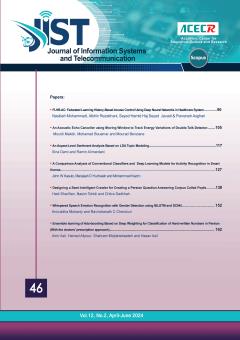The goal of the future terrestrial digital video broadcasting (DVB-T) standard is to employ diversity and spatial multiplexing in order to achieve the fully multiple-input multiple-output (MIMO) channel capacity. The DVB-T2 standard targets an improved system performance throughput by at least 30% over the DVB-T. The DVB-T2 enhances the performance using improved coding methods, modulation techniques and multiple antenna technologies. After a brief presentation of the antenna diversity technique and its properties, we introduce the fact of the well-known Alamouti decoding scheme cannot be simply used over the frequency selective channels. In other words, the Alamouti Space-Frequency coding in DVB-T2 provides additional diversity. However, the performance degrades in highly frequency-selective channels, because the channel frequency response is not necessarily flat over the entire Alamouti block code. The objective of this work is to present an enhanced Alamouti space frequency block decoding scheme for MIMO and orthogonal frequency-division multiplexing (OFDM) systems using the delay diversity techniques over highly frequency selective channels. Also, we investigate the properties of the proposed scheme over different channels. Specifically, we show that the Alamouti scheme with using Cyclic Delay Diversity (CDD) over some particular channels has the better performance. Then, we exemplarity implement this scheme to the DVB-T2 system. Simulation results confirm that the proposed scheme has lower bit error rate (BER), especially for high SNRs, with respect to the standard Alamouti decoder over highly frequency-selective channels such as single frequency networks (SFN). Furthermore, the new scheme allows a high reliability and tolerability. The other advantages of the proposed method are its simplicity, flexibility and standard compatibility with respect to the conventional methods.
Manuscript profile


